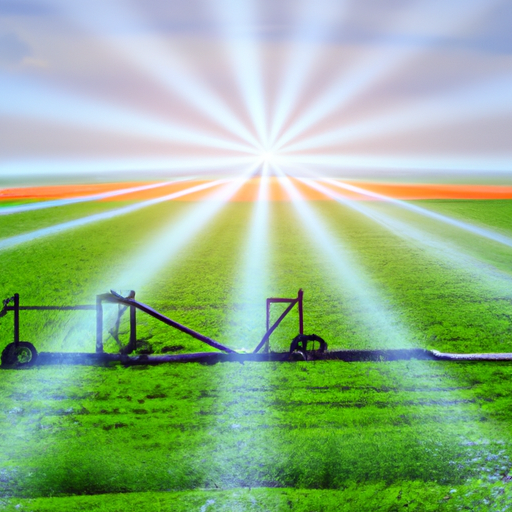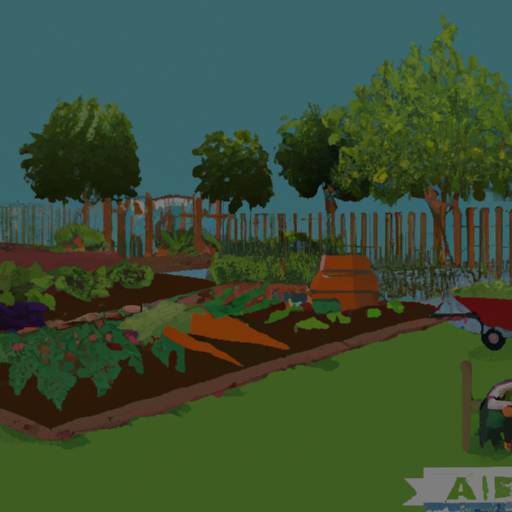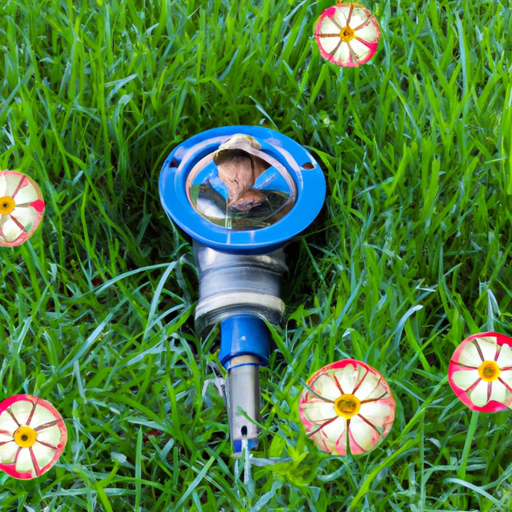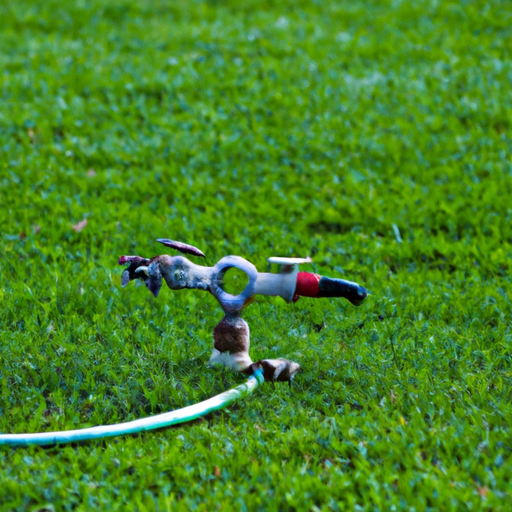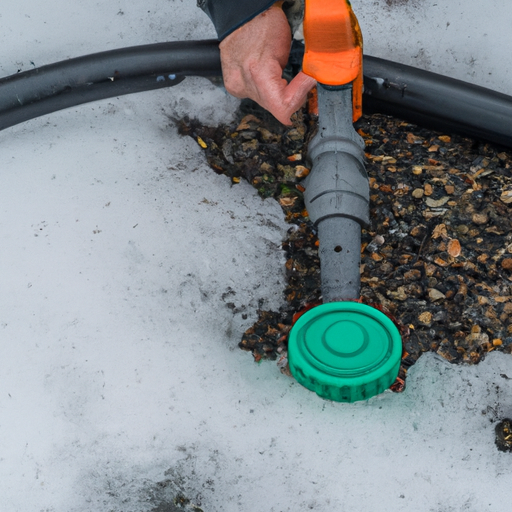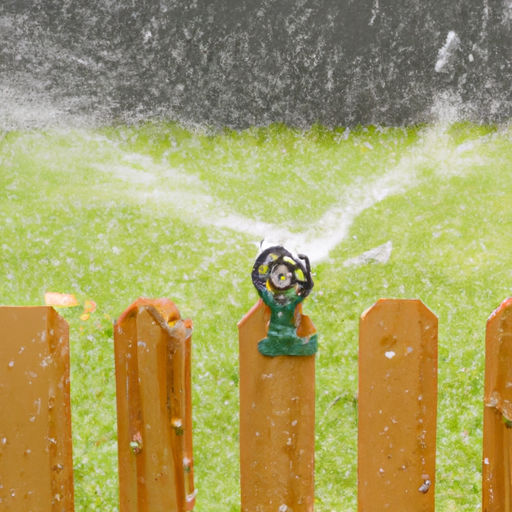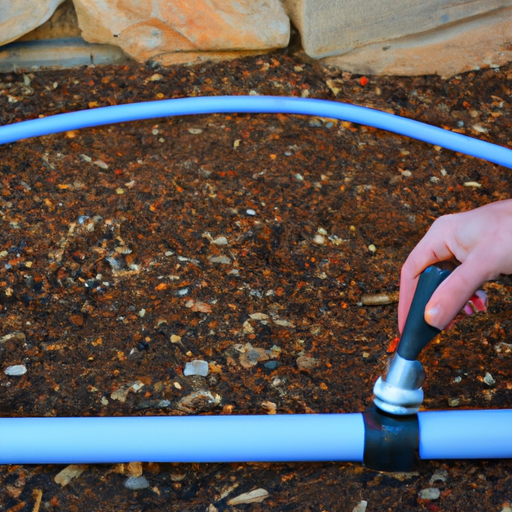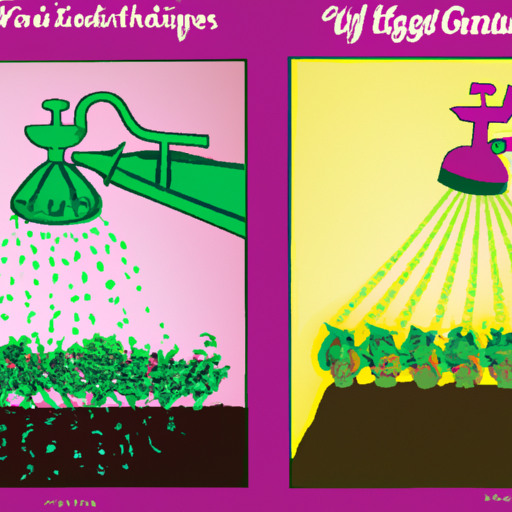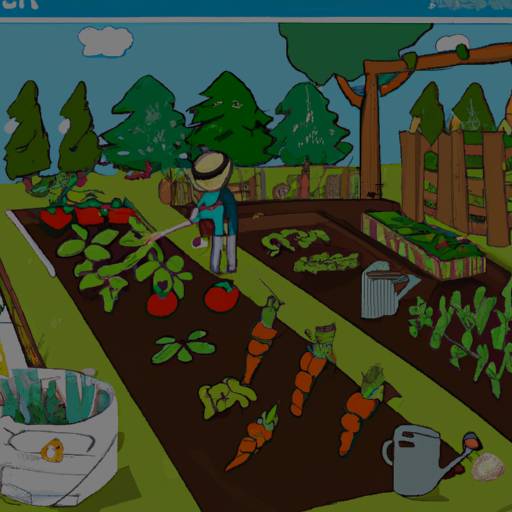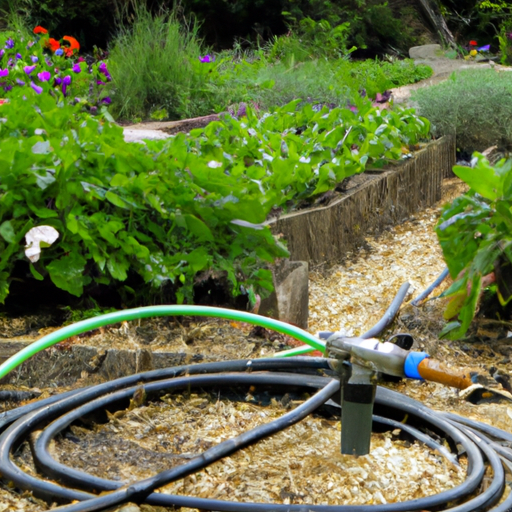Why Solar-Powered Irrigation Systems are the Future of Organic Farming
Solar-powered irrigation systems are seen as the future of organic farming due to their ability to increase crop yields, reduce labor costs, and promote sustainable practices. These systems use solar panels to collect and store energy, allowing farmers to irrigate their crops even in remote areas without access to electricity or fossil fuels. Solar-powered systems are also environmentally friendly, as they do not produce harmful emissions. Additionally, these systems offer cost savings for farmers and consumers, increased water efficiency, and the ability to access remote areas. Overall, solar-powered irrigation systems are a sustainable and economically feasible solution for organic farming.
